Best Soil for Hedge Plants Grown in Raised Beds?
5 years ago
last modified: 5 years ago
Featured Answer
Sort by:Oldest
Comments (22)
- 5 years agowestes Zone 9b California SF Bay thanked ken_adrian Adrian MI cold Z5
Related Discussions
Best greenhouse raised bed soil
Comments (11)I just received a beautiful Oregon cedar 8x10 greenhouse as a retirement gift from my husband in May. I have been an avid gardener in Butte, Montana for 25 years. So, I thought a greenhouse would be a nice addition to adding longevity for my tomatoes, peppers and cucumbers. There are 3 raised beds in the greenhouse. At the bottom of each bed I put a layer of small stones. Then black landscape fabric, followed by 12 inches of soil. In one bed I planted 3 tomato plants, the second 2 cucumbers, the third 4 pepper plants. After 3 weeks all the plants were dying. The tomatoes had leaf curl, end blossom rot, and yellowing leaves. The peppers and cucumbers never did "take off". I went to the nursery that sold me the soil for the beds and asked for a hard copy of their soil analysis. The pH in the soil was 9, and all the other soil components were low. I removed all the sad looking plants. Then I removed about 1/3 the soil in all the beds, and I patiently re-added manure, peat moss and store bought topsoil to each bed. After rototilling all the soil mixtures together in the beds, I replanted the same things. And the same thing happened with the plants. My next step was to have a soil analysis done with the county extension office. The pH level was now 6.5, however there was a "trace" of Nitrogen in the soil...potassium levels were very high. Today I removed all the soil from the beds right down to the small stones...hosed down the beds and am starting over. While I will probably wait until spring to add any medium to the beds, any input would be greatly appreciated....See MoreHow much soil is needed for shrubs (Lilacs) planted in a raised bed?
Comments (8)I agree that they don't need special soil. Please head Ken's advice to plant them well away from the house to protect the house's siding (which needs to be able to dry out and not be rubbed by branches) and to allow space to get in for maintenance. So find out how wide your lilac type is supposed to get and add 3' or so to allow for it to get larger than expected and to give the building space. The other thing to consider is sun levels; IME lilacs bloom best with a lot of sun, so wouldn't be a good choice without more than 1/2 day sun. Other shrubs that have done OK vs. the voles that are rampant in my garden include: Quince (Chaenomeles) now has some smaller varieties than the original types Rhododendron (be sure to check the hardiness rating of the variety) Hydrangea paniculata is hardy to zone 3, so will be fine for you) Spiraea sometimes get a bit of vole damage that they outgrow. Hydrangea arborescens needs afternoon shade. Leucothoe does best with some shade....See MoreRaised beds - best bulk soil SF Bay Area? (Marin)
Comments (8)read about hugelkultur. it will make the best possible soil for you, and you can start with terrible soil, the microflora will come. Tree companies will happily give you rotting wood for free. I once had to dig up an apple tree felled by deer, I had planted it with four spent mushroom logs underneath in awful soil (construction soil dumped in the place which became my orchard). Only one year, and the soil was fine and crumbly. Now all my spent logs get buried in my garden....See Morewhat soil mix for raised beds?
Comments (9)If I were to use the raised beds, one of the crops I would plant in them would be tomatoes, peppers, and eggplants (not necessarily all in the same bed). When Preparing Tomato bed apply 3 lbs. of tomato tone per 50 sq feet and work into top 4”-6” of soil. I found a PDF for tomato tone, and these are the instructions it gives for how to use it: For Single plants mix 3 T (tablespoons)of tomato tone into the soil when planting For potted plants, mix one part tomato tone to 30 parts soil mixture (1.5 cups tomato tone for every 8 quarts of soil) FEEDING: Apply tomato tone after plants are well established (10-14 days after planting) and then twice a month during growing season (May-Aug) ROWS: 1 cup each side per 5’ of row Single Plants:3 T per plant Potted plants: Apply 1.5 t per 4” diameter pot (1.5 T per 12” diameter) The thing I am confused about is it doesn't give any instructions for how much to use in a raised bed; the closest I get is 'apply 3 lbs. per 50 sq feet'. Is the area of a raised bed (by 'area' I mean how much soil it can hold) square feet or cubic feet? I am pretty sure it's square feet, but I can't remember, so I wanted to double check to be sure. Also a really dumb question but what do you mean by 'top soil'? There are bags labelled 'top soil' and other bags labelled 'potting mix' (potting mix would more akin to miracle gro/something similar). Which one should I use? Also how much can you actually grow in a 4' x 8' raised bed with plants? I realize this depends on what you're growing in the raised bed but for me it'd be veggies. The veggies (no I am not growing to grow all of them at once nor am I going to grow all of them in the same bed) would be: *Greens (lettuce, spinach, arugula, watercress, baby kale) *Brassicas (cabbage, napa cabbage, cauliflower, broccoli) *Root veggies (turnip, daikon [large white Asian radish], carrots, potatoes) *Zucchini *Winter squash (only one variety, butternut) *Tomatoes (slicers, cherry, and romas/paste) (please specify how many plants, both trellised and untrellised I'd be able to grow in a 4' x 8' bed; most of mine are indeterminate varieties, but some are determinate varieties, specifically the cherry tomatoes) *Eggplant *Peppers (both sweet bell and hot chile varieties) *Snap beans (bush type) *Snap Peas (both pole type and the variety that don't require trellising) *Herbs (flat leaf parsley, rosemary, basil, culantro [it's similar in flavor to cilantro but it's NOT cilantro, it's much stronger in flavor]) Also I am wondering, can you grow corn in a raised bed? I know it's generally not advised to grow it in a raised bed, but the variety I have is a dwarf type (by dwarf, it's 2'-3') and says right on the pkt that it can be grown in containers....See More- 5 years agolast modified: 5 years ago
- 5 years ago
- 5 years ago
- 5 years ago
- 5 years agolast modified: 5 years ago
- 5 years ago
- 5 years agolast modified: 5 years ago
- 5 years agolast modified: 5 years ago
Related Stories

FARM YOUR YARDHow to Build a Raised Bed for Your Veggies and Plants
Whether you’re farming your parking strip or beautifying your backyard, a planting box you make yourself can come in mighty handy
Full Story
SPRING GARDENINGInspiring Raised Beds for Fall and Spring Planting
Make Your Next Vegetable Garden Even Better with Beautiful Boxes and Paths
Full Story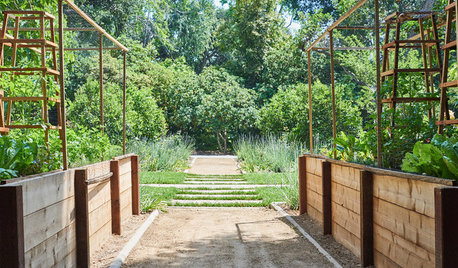
EDIBLE GARDENS7 Tips to Ensure Success With Raised Bed Gardening
Raised bed gardening is a favorite for edible plants. Here’s how to get it right
Full Story
GARDENING GUIDES8 Materials for Raised Garden Beds
Get the dirt on classic and new options for raised vegetable and plant beds, to get the most from your year-round garden
Full Story
GARDENING AND LANDSCAPINGBuild a Raised Bed to Elevate Your Garden
A bounty of homegrown vegetables is easier than you think with a DIY raised garden bed to house just the right mix of soils
Full Story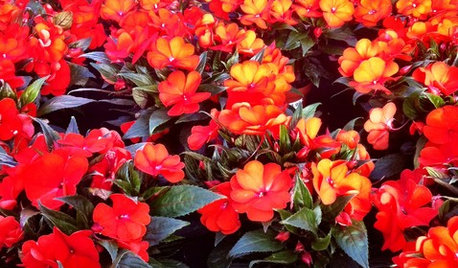
GARDENING GUIDESBright Plants for Flower Beds That Wow
From new annual and perennial varieties to grasses, get dramatic with swaths of color
Full Story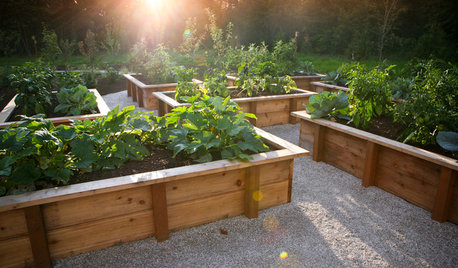
GARDENING AND LANDSCAPINGRaised Beds Lift Any Garden
From good old-fashioned wood garden boxes to modern metal troughs, raised beds can make any landscape space look great
Full Story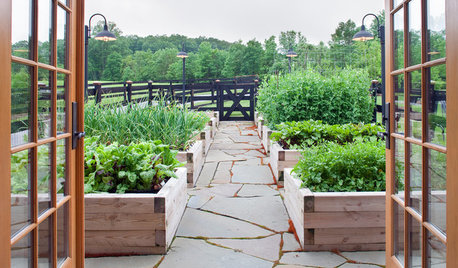
FARM YOUR YARDRaised Beds for Every Garden Style
There’s a raised bed design for every landscape, from traditional to contemporary
Full Story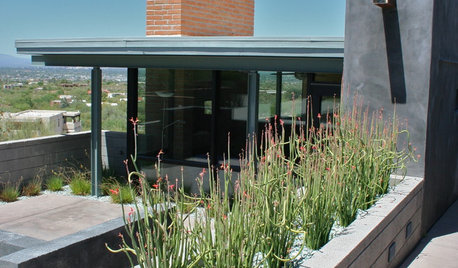
GARDENING GUIDESGreat Design Plant: Slipper Plant
Unthirsty succulent looks great all year and offers an unexpected surprise in fall
Full Story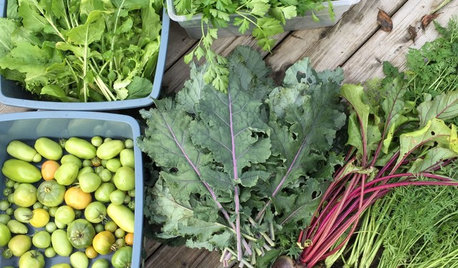
FALL GARDENINGWhat to Do in Fall to Get Edible Gardens Set for Spring Planting
Tidy beds, enrich soil and protect your tools so that you’re ready to grow your own food come spring
Full Story



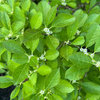
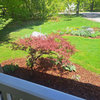
Sara Malone Zone 9b